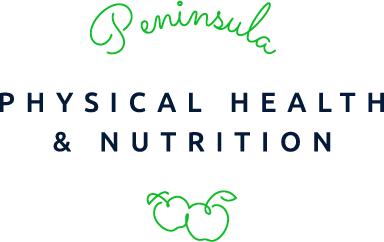Why we should all be eating more prebiotic foods
We all know that dietary fibre is good for our gut health. High intakes of dietary fibre have also been linked with lower rates of cardiovascular disease, diabetes, colon cancer and obesity.
Certain types of dietary fibres called ‘prebiotics’ are referred to as non digestible food ingredients that selectively stimulate the growth and/or activity of beneficial ‘good’ bacteria such as lactobacilli and bifidobacteria in the large bowel, thus positively impacting a person’s gut microbiome.
For a food to be classified as a prebiotics it must:
- Resist gastric acidity, hydrolysis by human enzymes and gastrointestinal absorption.
- Be fermented by the intestinal microflora.
- Selectively stimulate the growth and/or activity of intestinal bacteria associated with health and well-being.
So in other words, prebiotics are the food that our good gut bacteria need to survive!
Some other health benefits linked to prebiotic intake includes improved gut barrier function and host immunity, improved mineral absorption, improved blood glucose and insulin profiles, protection against gut infections and some improvements in inflammatory conditions.
Dietary fibres classified as having a prebiotic effect includes inulin, fructo-oligosaccharides (FOS) and galacto-oligosaccharides (GOS). Such foods include:
- Garlic
- Onion
- Spring onion
- Shallots
- Beetroot
- Asparagus
- Cabbage
- Leeks
- Legumes
- Lentils
- Beans
- Wheat
- Barley
- Rye
- Oats
- Chicory
- Jerusalem artichokes
- Cashews
- Pistachio nuts
So if we know these food are great for our health, why are we not eating more of them?
Some people, particularly those with Irritable Bowel Syndrome (IBS), report unpleasant side effects such as wind, abdominal bloating, constipation and/or diarrhoea when consuming these foods. As a result, they may have been told to follow a low FODMAP diet (which eliminates these foods) to help alleviate symptoms. However, it is important to seek professional advice from a dietitian when doing this, as a low FODMAP diet is only intended for a short period of time (2-8 weeks), with the aim of reintroducing these foods back into the diet in varying quantities, to avoid long term restriction of beneficial prebiotics and disrupting the levels of lactobacilli and bifidobacteria in the large bowel.
References:
-
Joanne Slavin. Fiber and Prebiotics: Mechanisms and Health Benefits. Nutrients. 2013;5(4):1417-1435.
-
Tuck CJ, McNamara LS, Gibson PR. Editorial: rethinking predictors of response to the low FODMAP diet – should we retire fructose and lactose breath-hydrogen testing and concentrate on visceral hypersensitivity?’. Aliment Pharmacol Ther. 2017;45(9):1281-1282.





